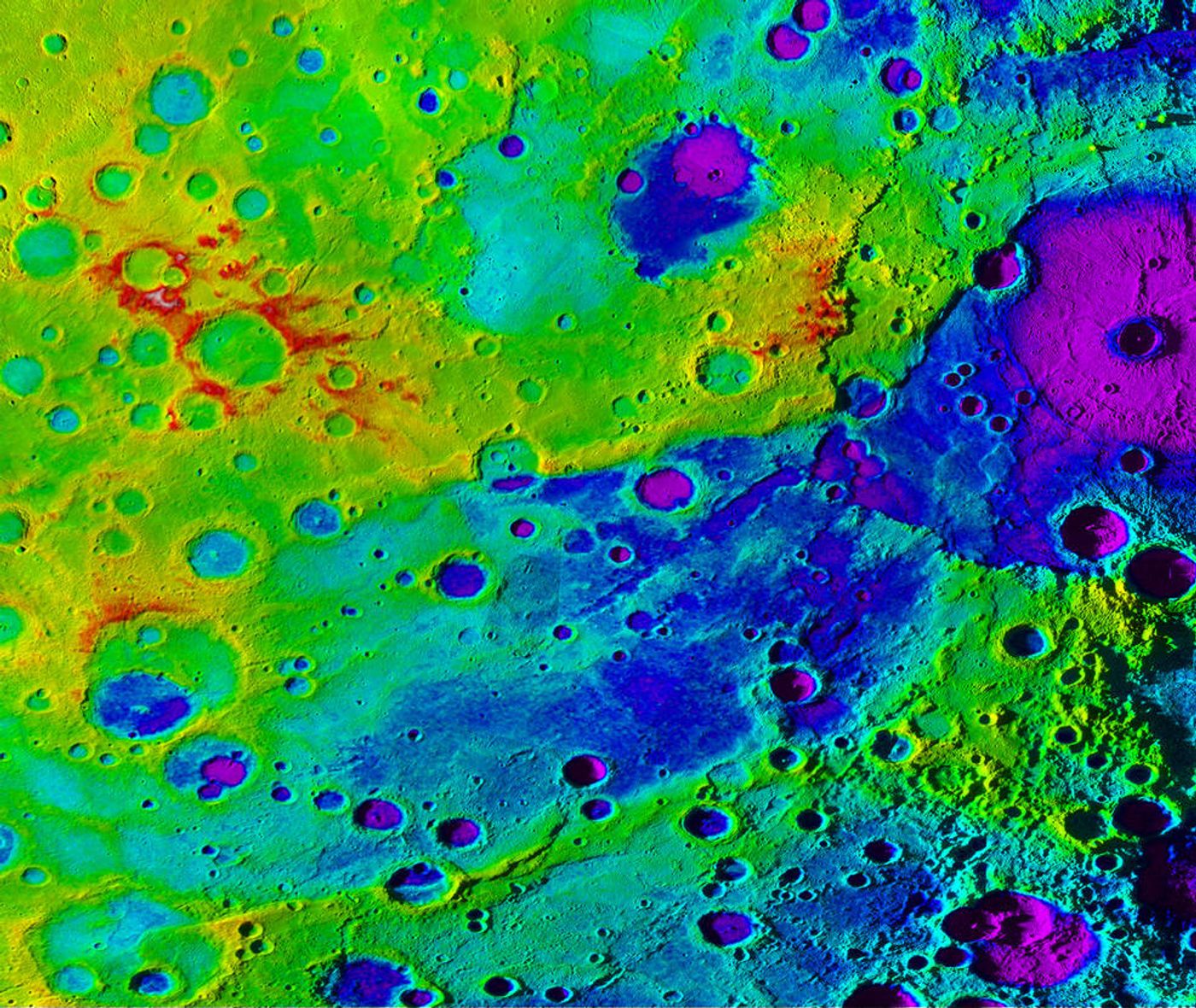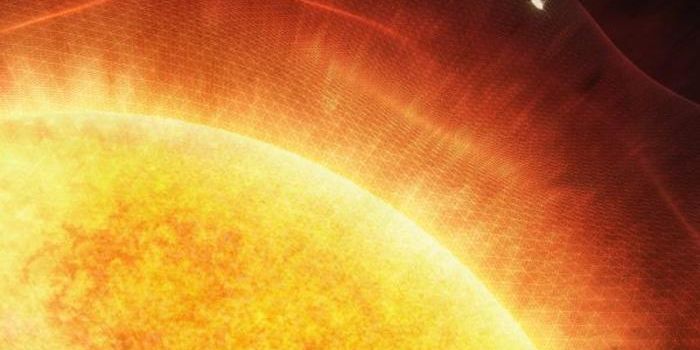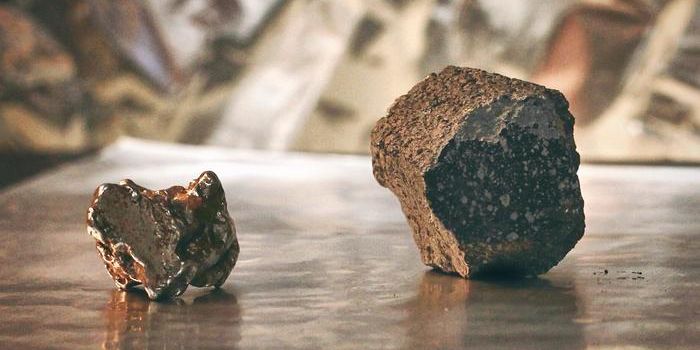Mercury's Internal Shrinking Caused the Formation of a Great Valley
Mercury is one of the Solar System’s most mysterious planets, and it’s also the closest one of the Sun. Astronomers have been studying it for decades, but new data comes up every so often that gives scientists a reason to get excited.
Using data accumulated from NASA’s MESSENGER spacecraft, researchers have discovered a valley on the planet’s surface that may have been formed directly as a result of planetary shrinking.

Image Credit: NASA/JHUAPL/Carnegie Institution of Washington/DLR/Smithsonian Institution
The findings, which suggest the first-known evidence of Mercury’s only tectonic plate deforming, have been published in the Geophysical Research Letters.
MESSENGER allowed the researchers to generate stereo images of the planet’s surface; these led to a high-resolution topo map of a large region of Mercury, and revealed a valley stretching about 620 miles long, 250 miles wide, and 2 miles deep.
The cause of the Great Valley is quite interesting, because it all has to do with the planet’s lithosphere, that is the region between the crust and its upper mantle.
Because Mercury has slightly different lithospheric conditions than Earth does – having just one tectonically active plate instead of many – the planet’s internal cooling likely caused its only plate to contort and bend. Some sections were forced upward, while others were forced to sag inward.
“Unlike Earth’s Great Rift Valley, Mercury’s great valley is not caused by the pulling apart of lithospheric plates due to plate tectonics; it is the result of the global contraction of a shrinking one-plate planet,” said Tom Watters, the lead author of the study and senior scientist at the Center for Earth and Planetary Studies at the Smithsonian’s National Air and Space Museum.
“Even though you might expect lithospheric buckling on a one-plate planet that is contracting, it is still a surprise when you find that it’s formed a great valley that includes the largest fault scarp and one of the largest impact basins on Mercury.”
Parts of this magnificently-sized valley stretch right on into the Rembrandt basin, which NASA claims is one of the “largest and youngest” impact basins found on the planet to date.
“There are similar examples of this on Earth involving both oceanic and continental plates, but this may be the first evidence of this geological process on Mercury,” Watters continued.
Because temperature changes inside the planet are continuous, more and more of this buckling will likely take place as time goes on. Obviously, this sort of thing just doesn’t happen overnight; this takes many years, so it’s a bit difficult to observe. Fast-forward a few thousand more years, and Mercury might look completely different than it does today.
Source: NASA








